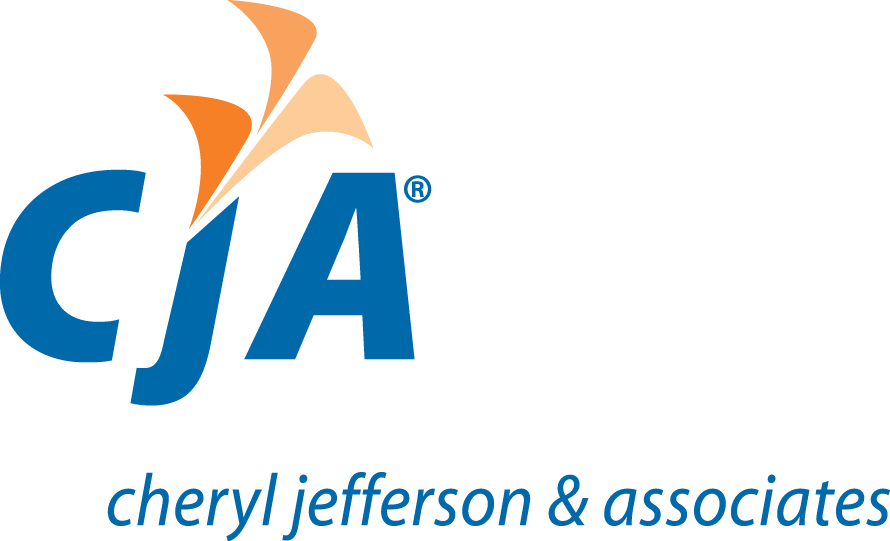The Balance Sheet
The balance sheet is important because it’s essentially a company’s statement of financial position at a specific date. Investors, creditors, and other businesses use it to: calculate financial ratios, determine how much money the company has and owes, and determine the amount of money that is available for shareholders.
Assets = Liabilities + Shareholders’ Equity
The balance sheet utilizes the following equation: Assets = Liabilities + Shareholders’ Equity. As the name of this financial statement implies, the balance sheet must balance. In other words, the amount of assets a company has must equal the combined sum of the company’s liabilities plus the shareholders’ equity.
Assets
Assets, on the balance sheet, can be classified as either ‘Current’ or ‘Non-Current’. A current asset is an asset that a company can convert or liquidate in a year or less (e.g. Accounts Receivable or Prepaid Expenses.) A non-current or a long-term asset are assets that a company cannot convert to cash in a year or less. Some examples of long-term assets are rental space security deposits or intangible assets.
Liabilities
Liabilities are the company’s financial obligations, or more simply, money that the company owes. Just like the assets, the liabilities are categorized by what is current versus what is not current. Current Liabilities are due within one year or less, while Long-term Liabilities have due dates past a year. Some examples of current liabilities are Rent Payable, Wages Payable, and Interest Payable. An example of a long-term liability is Loan Payable like a business loan.
Shareholders’ Equity
The last part of the equation is shareholders’ equity or net worth. This is the money that goes to the company’s owners. This section contains all the accounts related to the equity of a company. For example, Treasury Stock and Preferred Stock can be found here, as well as owner contributions to the company and owner distributions/withdrawals.
Purpose
The balance sheet provides a snapshot of a business at a given point in time. Investors and creditors use this information to help them make better decisions when investing and offering finance options. Additionally, balance sheets create benchmarks across companies in an industry. For either external users or internal users, a CPA can offer services such as performing reviews of balance sheets and providing invaluable insight from years of accounting experience.
Contributed by Maryney Ramirez
